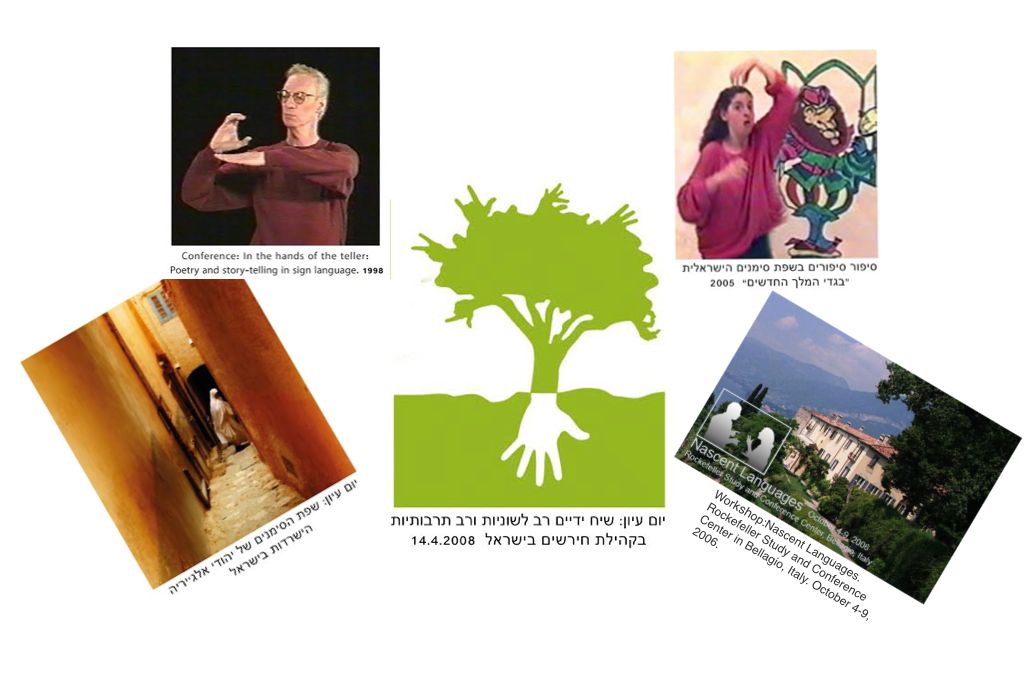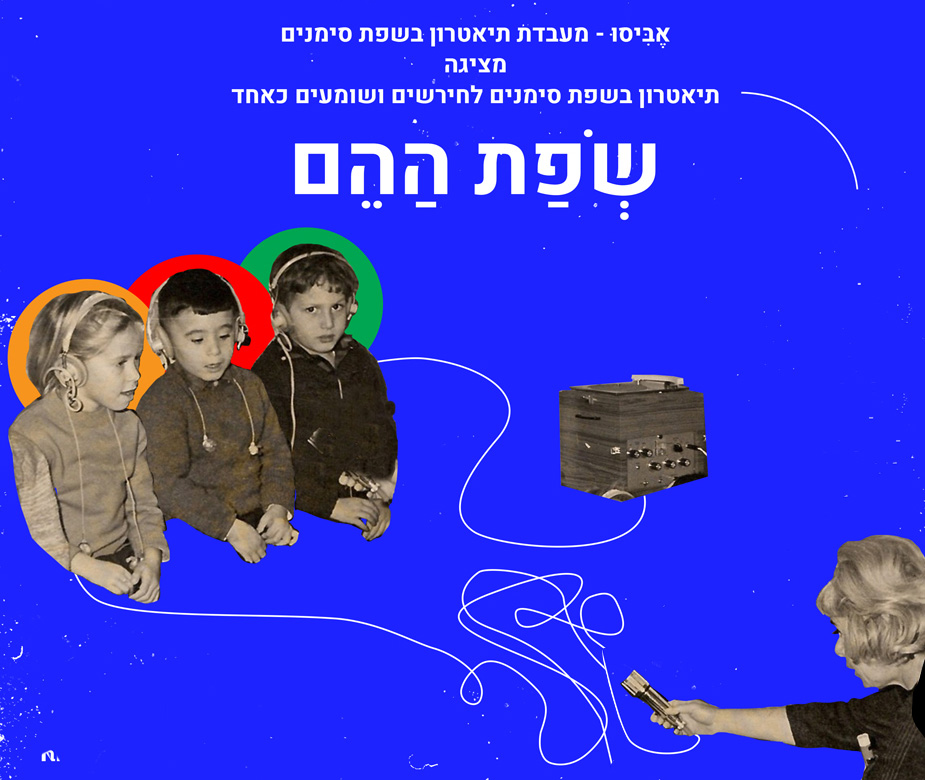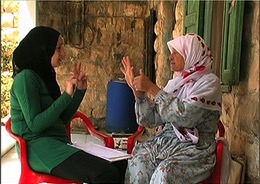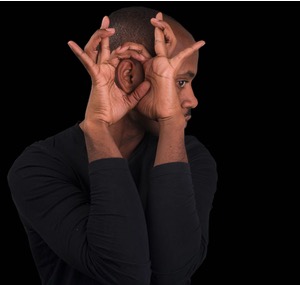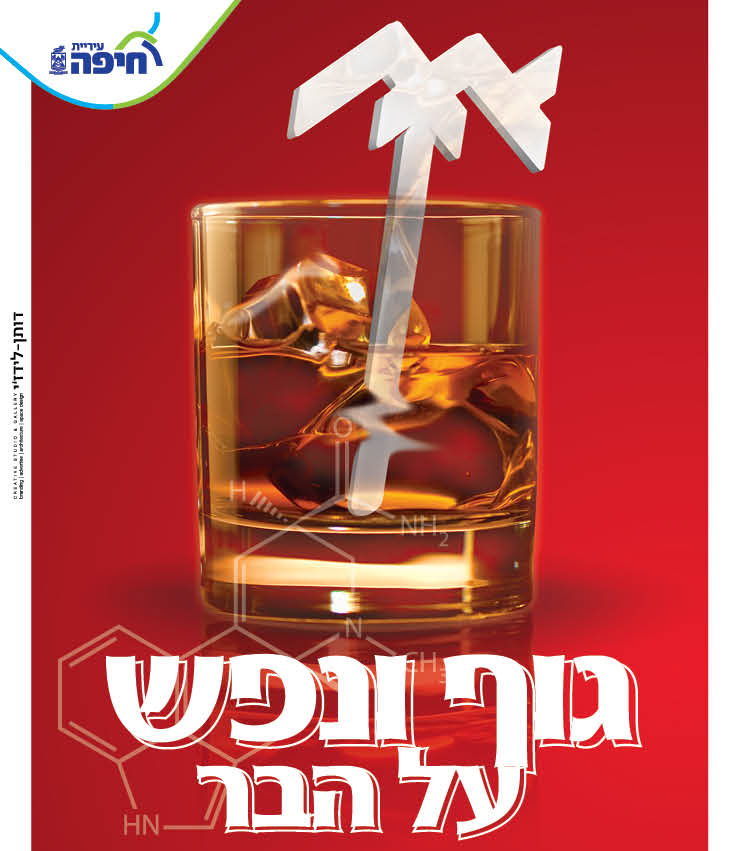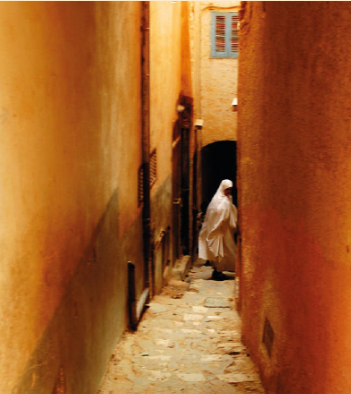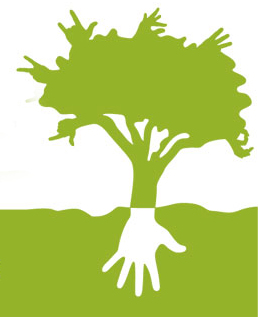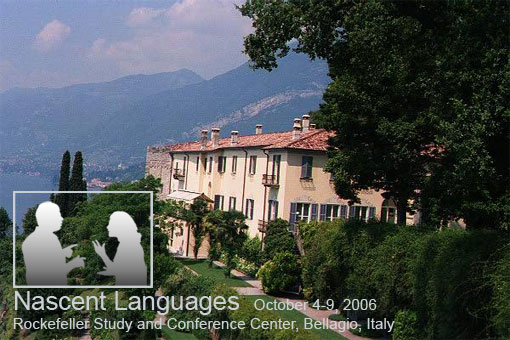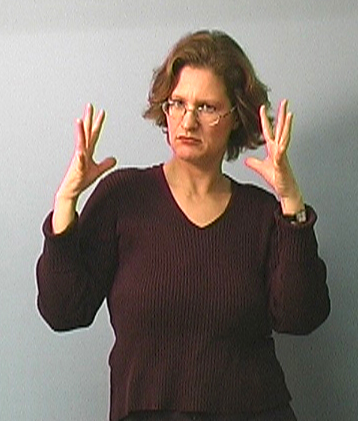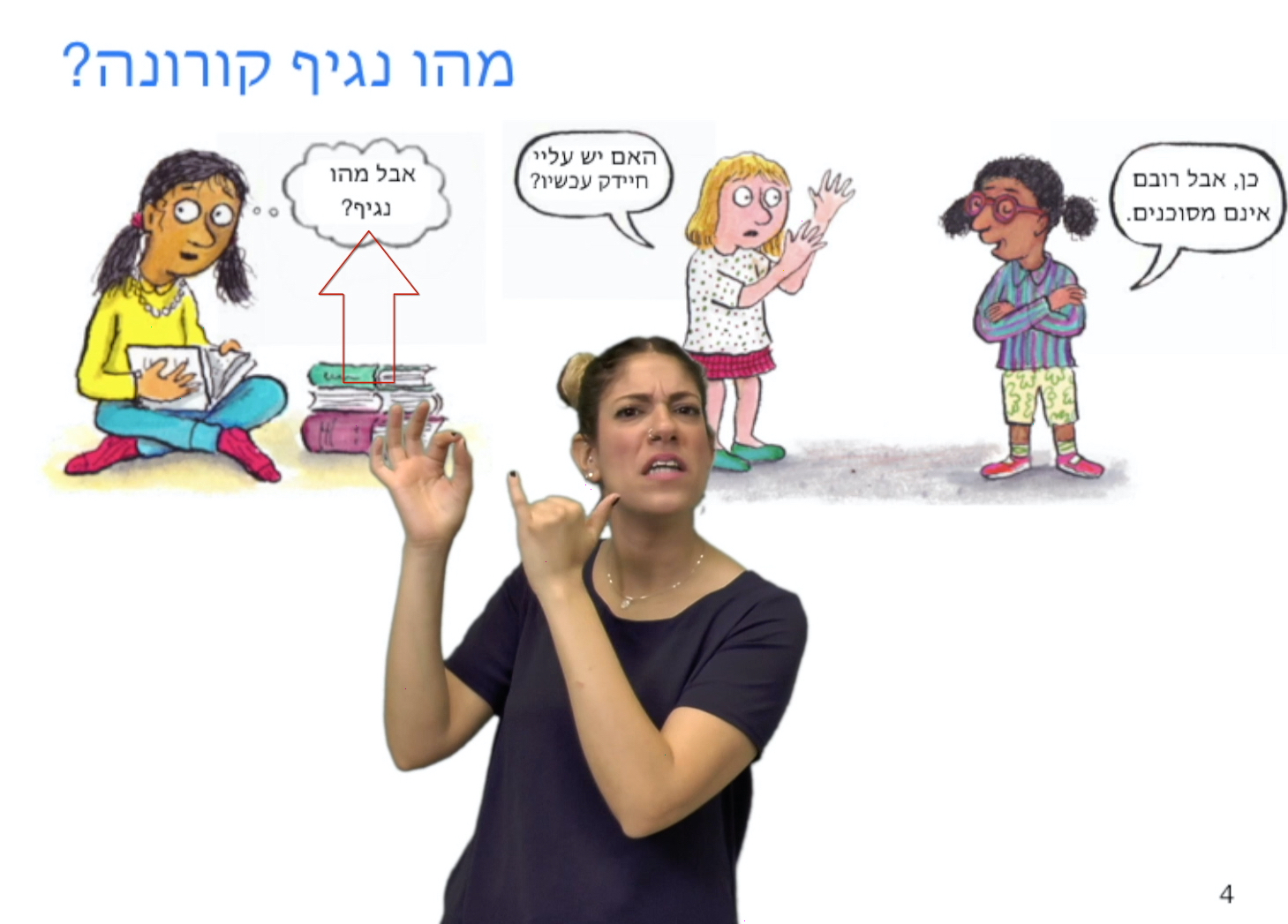 | This story explains the coronavirus in Israeli Sign Language. It is adapted from
the text by Elizabeth Jenner, Kate Wilson & Nia Roberts and the illustrations by Axel Scheffler with the kind permission Nosy Crow. It is signed and edited by Ora Ohanin, with consultation on ISL and cinematography by Debbi Menashe. The English text was translated
into Hebrew by Dalit Avnon, with editing by Ariel Reinland. All was done under the coordination of Wendy Sandler. This story is produced by the RISE eBooks project: https://riseebooks.wixsite.com/access ספר הילדים הראשון בעולם בשפת הסימנים שעוסק בנגיף הקורונה יצא לאור על ידי המעבדה לחקר שפת הסימנים, בראשותה שלפרופ’ ונדי סנדלר. הספר המקוון מוצג בשפת סימנים חיה ונלהבת ע”י אורה אוחנין בליווי איורים, כתוביות, ופס קול בעברית המנגיש ספר זה גם לילדים שומעים. פרופ’ סנדלר תיאמה את הפרויקט הישראלי בשיתוף עם עמיתה, פרופ’ דונה ג’ו נפולי מאוניברסיטת סוורת’מור בארה”ב. הצוות הישראלי בהפקת הספר כלל את דבי מנשה, אורה אוחנין ודלית אבנון, עם פס קול של לי דן. |
|
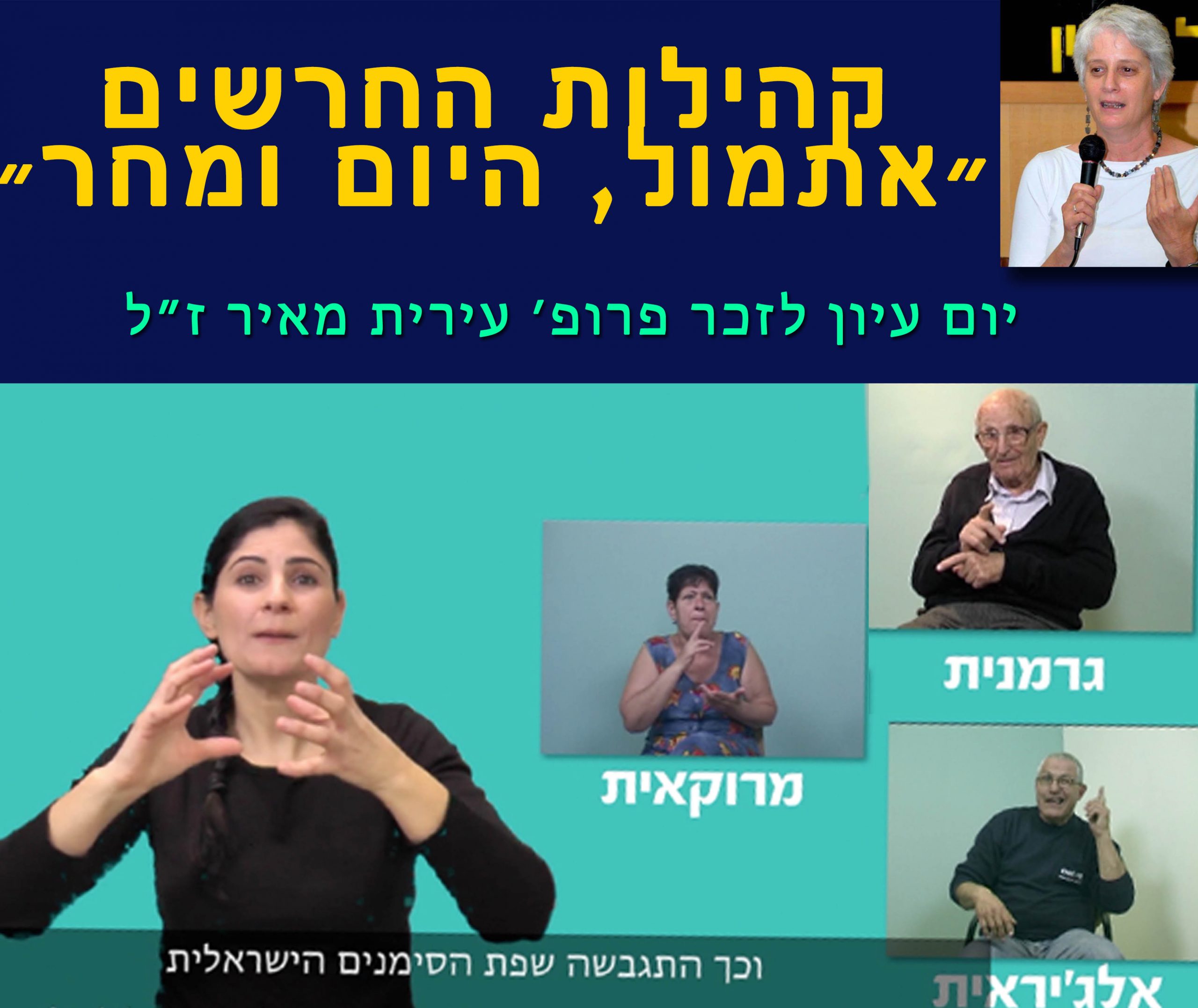 | Sign Language Research Lab – “Deaf Communities: Past, Present and Future”
“DeafCommunities:Past,Present,andFuture“, symposium in memory of Irit Meir, February 25, 2020. Information and links to video.
״קהילות חירשים: אתמול, היום, ומחר״, יום עיון לזכר עירית מאיר ז״ל, 25/2/20. מידע וקישורים לוודאו |
|
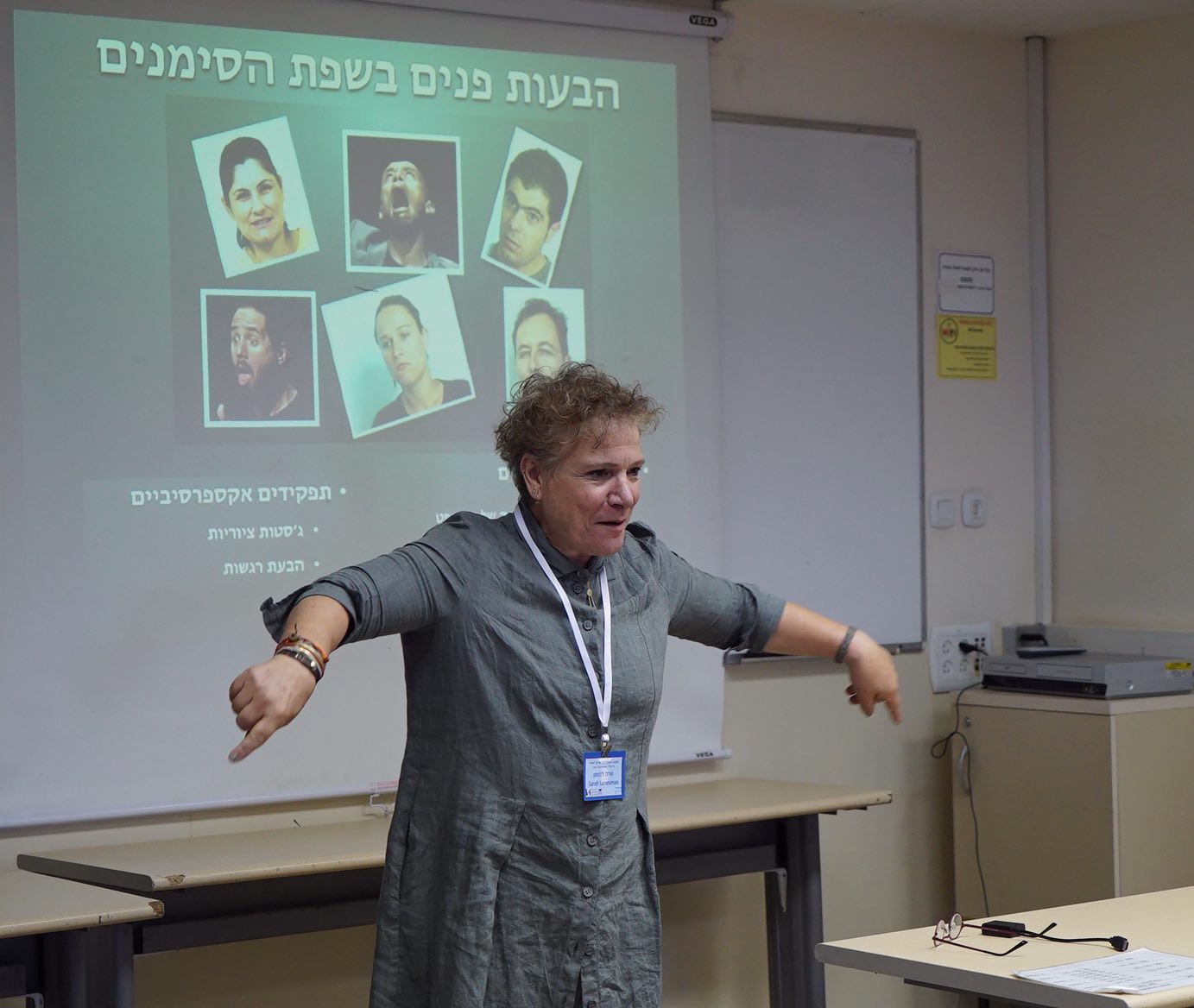 | השתלמות מורים לשפת הסימנים 13/06/2019 המעבדה לחקר שפת הסימנים בשיתוף פעולה עם אנשים חירשים מורים לשפת הסימנים הישראלית, ארגנו מפגש השתלמות בנושא ״הדקדוק של הבעות הפנים אליו הגיעו עשרות מורים ומורות חירשים מכל רחבי הארץ להשתלמות שכללה הרצאות וגם סדנאות. היתה זאת חגיגה של הבעות פנים ורעיונות חדשים לשיטות הוראה בנושא שחשוב כל כך לתקשורת מוצלחת בשפה חזותית. |
|
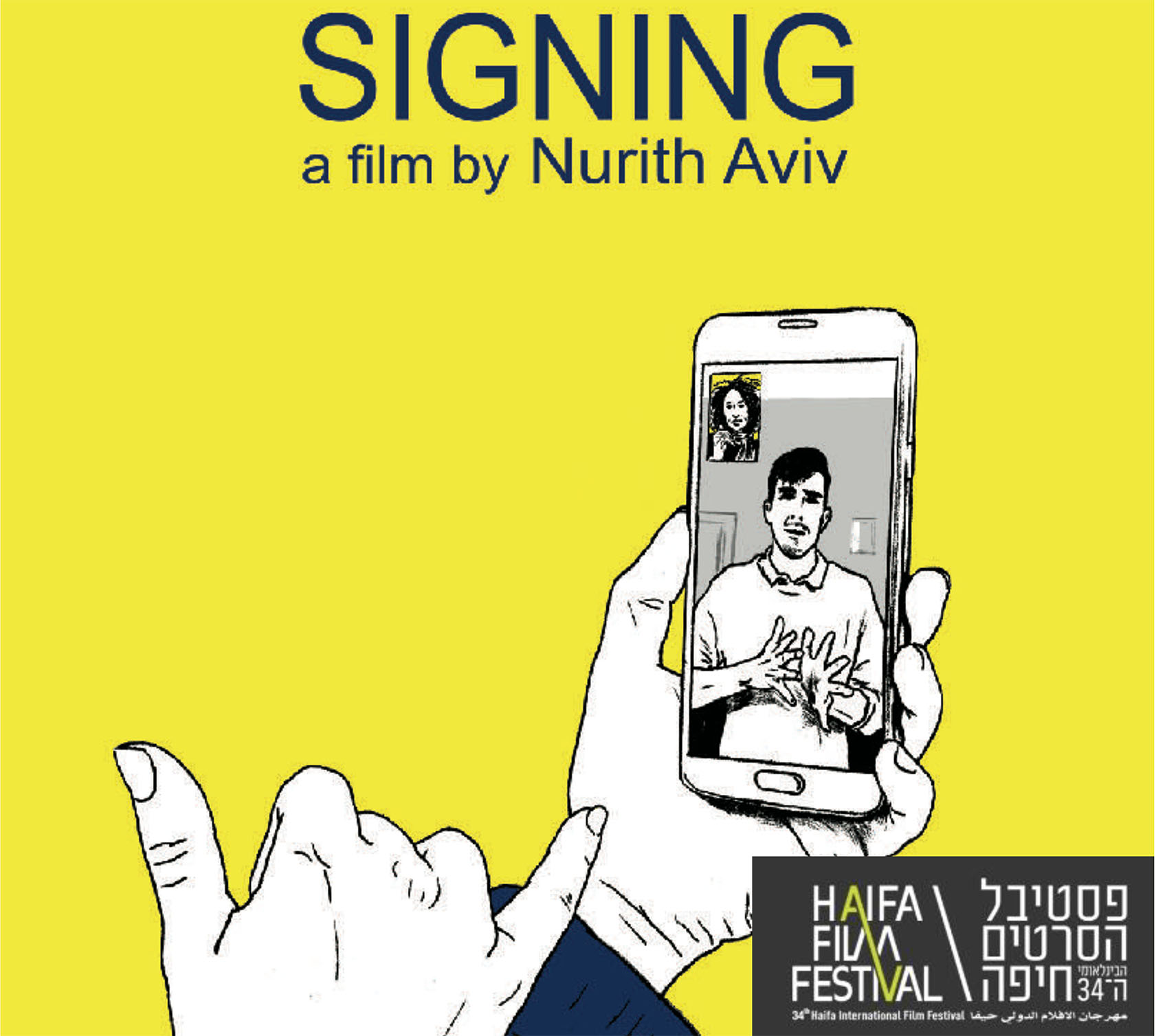 | | Signing, a film by Nurith Aviv. September 23, 2018, at 11:00 am – Three generations of protagonists, deaf and hearing, as well as researchers from the Sign Language Research Laboratory at the University of Haifa, tell of the sign languages that have evolved in Israel within the past 100 years. in Cinematheque Auditorium, Haifa. With Hebrew captions and simultaneous interpreting, Israeli Sign Language – Hebrew. See poster for more information: Hebrew and English. |
|
